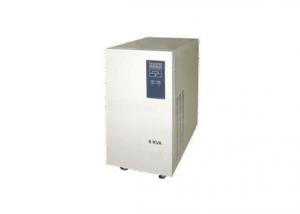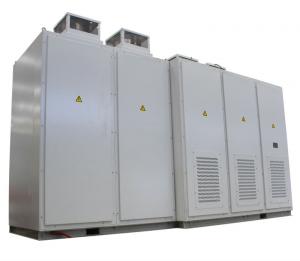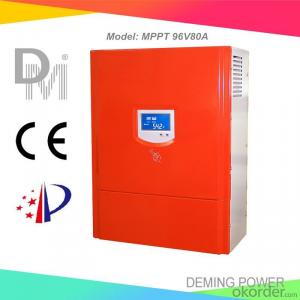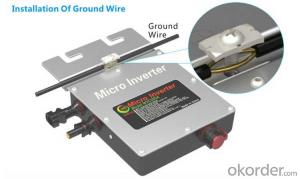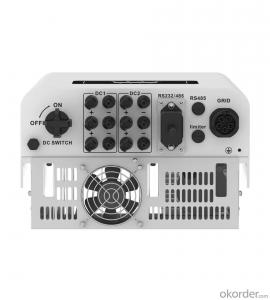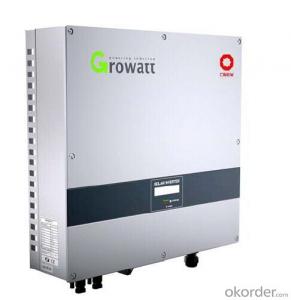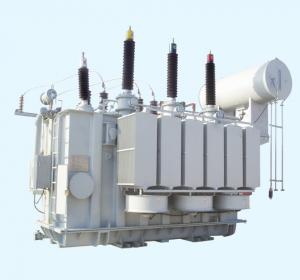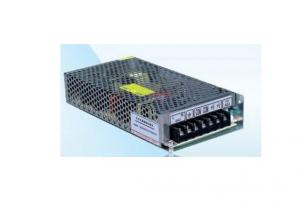10kva Solar Hybrid Inverter
10kva Solar Hybrid Inverter Related Searches
10kw Solar Hybrid Inverter 10kw Hybrid Solar Inverter 10 Kva Hybrid Solar Inverter Solar Inverter Hybrid 10kw Hybrid Solar Inverter 10kw 10 Kw Hybrid Solar Inverter 10kva Solar Inverter Solar Inverter 10kva 10kv Solar Inverter 10kw Solar Inverter 10kw Solar Power Inverter 10kw Inverter Solar 10 Kva Solar Inverter Solar Inverter 10kw 10kva Inverter Solar System Solar Power Inverter 10kw 10k Solar Inverter China 10kva Solar Inverter Solar Inverter 10 Kw 10kva Solar Inverter Price 10kw Solar Edge Inverter 10kv Solar Inverter Price 10kw 3 Phase Solar Inverter Best 10kw Solar Inverter Solar Edge Inverter 10kw Solar Inverter 10kw Price Abb 10kw Solar Inverter 10 Kva Solar Inverter Price On Grid Solar Inverter 10kw 10kw Solar Inverter Price10kva Solar Hybrid Inverter Supplier & Manufacturer from China
The 10kva Solar Hybrid Inverter is a versatile power solution that combines solar energy with battery storage and grid connectivity. This product is designed to optimize energy usage by harnessing solar power during the day and utilizing stored energy or grid power when sunlight is not available. The 10kva Solar Hybrid Inverter is ideal for residential, commercial, and off-grid applications where reliable and sustainable power is essential.The 10kva Solar Hybrid Inverter is widely used in various scenarios, including homes, businesses, and remote locations that require a stable power supply. It enables users to reduce their reliance on traditional energy sources, lower energy costs, and contribute to environmental sustainability. By integrating solar panels, batteries, and grid power, the 10kva Solar Hybrid Inverter ensures a seamless and uninterrupted power supply, even during periods of low sunlight or high energy demand.
Okorder.com is a leading wholesale supplier of the 10kva Solar Hybrid Inverter, offering a vast inventory of this product to cater to the needs of various customers. With a commitment to quality and customer satisfaction, Okorder.com ensures that the 10kva Solar Hybrid Inverter is available at competitive prices and with reliable shipping options.
Hot Products






